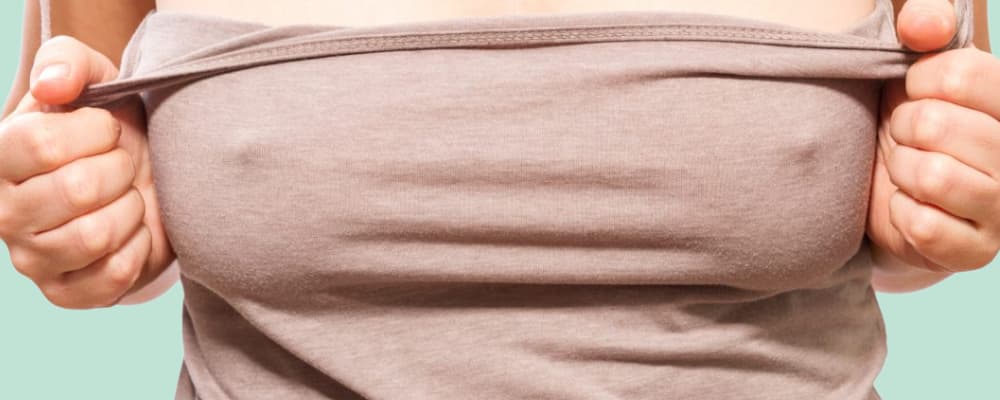
The shape, position, and color of breasts change throughout life, especially during puberty, pregnancy, and aging. These changes can negatively affect self-confidence. Fortunately, many options are available today to enhance or restore breast appearance and function.
Women have been increasing, reducing, or lifting their breasts for decades and paying attention to other details, especially the nipples. The nipple is the protruding part at the breast’s tip, surrounded by the areola, the darker pigmented area.
Nipple corrections are performed in about 10% of women, mainly for functional reasons, but also for aesthetic ones.
Nipple and areola reduction surgery is done for both men and women, involving removing excess tissue that causes unattractive nipples and areolas. For men, this correction is often combined with treating gynecomastia.
Common reasons for nipple correction include:
- Enlarged nipples – a condition called hypertrophy, where nipples become excessively large, posing an aesthetic problem.
- Asymmetrical nipples – while breast asymmetry is natural, it can sometimes be more pronounced. This correction aligns the nipples during breast surgery.
- Breast reduction or lift – often requires nipple and areola correction.
- Inverted (retracted) nipples – nipples that are either inverted or flat, usually congenital, but can also develop later in life.
- Complete nipple reconstruction – a special correction type after injuries or mastectomy, or for those with congenital anomalies.
Candidates for surgery are individuals in good overall health. Smokers are advised to quit at least two weeks before the procedure, as smoking slows healing.
Nipple correction is often resolved alongside other issues, such as gynecomastia in men or overly large and sagging breasts in women.
Surgery and Recovery
Nipple correction is one of the less complicated procedures, often performed under local anesthesia, with patients going home afterward. If combined with other surgeries, different anesthesia may be used, and a longer hospital stay may be necessary.
Normal activities can be resumed after a few days. If reduced sensitivity occurs, it typically returns during recovery. Swelling and bruising are common but are unnoticeable under clothing. A supportive bra is recommended after the procedure, with the final result visible after several weeks once swelling and bruising subside. Breasts should not be exposed to the sun during recovery.
The results are permanent unless new changes occur due to pregnancy, breastfeeding, aging, or significant weight fluctuations, which may require repeating the procedure.
